Membrane Waterproofing System
We are the best Waterproofing experts
The waterproofing contractors are the professionals who seal your house from water to protect it from the damages caused by it. Waterproofing makes the structure resistant to water protect the building.
“Waterproof Now: Don’t Wait Until It’s Too Late!”
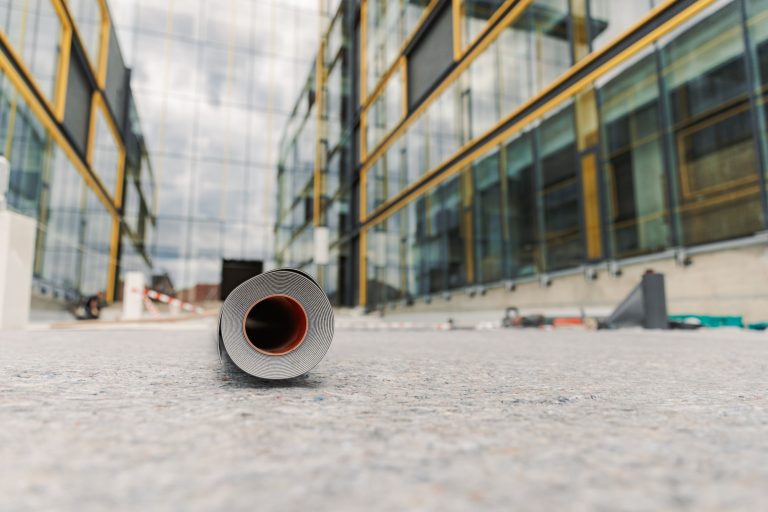
Membrane Waterproofing Solution
A waterproofing membrane is a layer of water-tight material that is laid onto a surface to prevent water leaks or damage. Waterproofing membranes generally consist of liquid applied or pre-formed sheets. They can be adhered to or installed around the foundations (like a structural slab) to prevent water penetration.
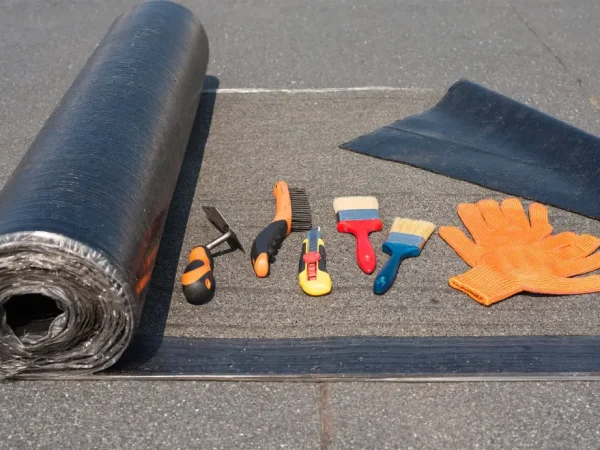
APP Membrane
APP stands for Atactic Polypropylene. APP membrane is the most commonly used waterproofing material on concrete roofs and low-slope roofs. APP membrane is applied to asphalts with a torch. Applications of APP membranes aren’t limited to just roofs.
Waterproofing membranes are designed to protect a surface from the perils of leakage. Water penetration and leakage, if neglected, can have disastrous consequences for a structure. A waterproofing membrane acts as a protective layer which can be applied either on the roof, retaining walls or basement of a structure. There are different types of waterproofing membranes which can be broadly classified as sheet-based membranes and liquid-based membranes.
TPO Membrane
If you’ve seen a bright white roof, you may be familiar with TPO roofing. As one of the most common roof types of commercial facilities, TPO has some of the best energy savings for single-ply membrane roofing!
Thermoplastic Polyolefin is a single-ply roofing membrane that is one of the fastest-growing commercial roofing systems on the market. TPO roofing systems are a single layer of synthetics and reinforcing scrim used to cover flat roofs. TPO membranes are manufactured in sheets 10, 12, or 20 feet wide. These sheets are then rolled up and taken to the commercial facility.TPO has gained industry acceptance with its naturally reflective surface to reflect UV rays. The National Roofing Contractors Association (NRCA) reported that TPO takes up about 40% of the commercial roofing market share
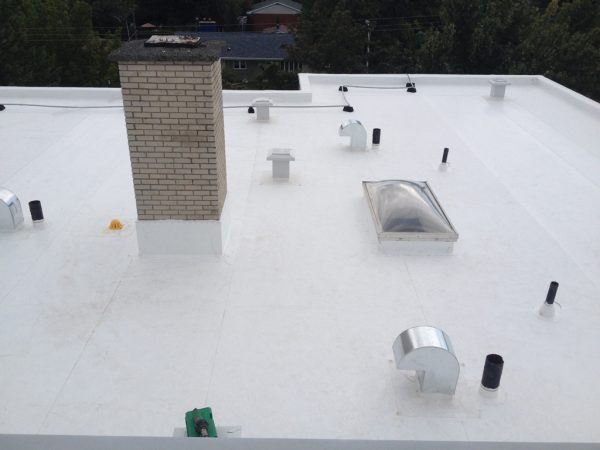
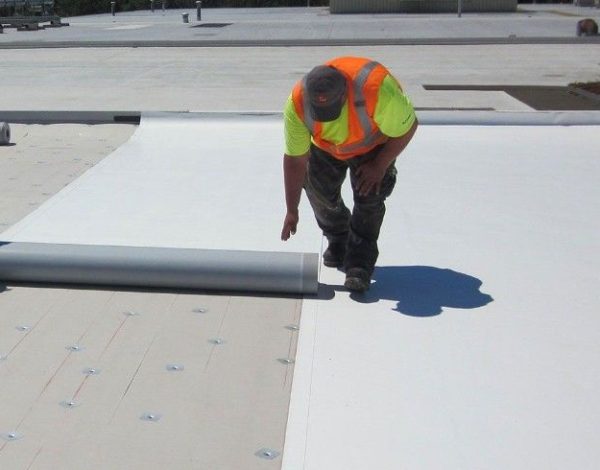
PVC Membrane
A PVC roof is a single-ply membrane composed of two layers of PVC material with a polyester reinforcement scrim in between. The top ply contains special additives that make the membrane UV resistant and prevent curing. Additionally, the top ply contains plasticizers that make the membrane flexible and pigments for color. The bottom ply is a black PVC, containing more plasticizers for flexibility and typically no other additives or fillers. Additionally, polyester or fiberglass reinforcement is added to achieve high tearing and breaking strengths necessary for mechanically fastened single-ply roofing systems.
EPDM Membrane
EPDM is an extremely durable synthetic rubber roofing membrane (ethylene propylene diene terpolymer) widely used in low-slope buildings. Its two primary ingredients, ethylene and propylene, are derived from oil and natural gas. EPDM is available in both black and white, and is sold a broad variety of widths, ranging from 7.5 feet to fifty feet, and in two thicknesses, 45 and 60 mils. EPDM can be installed either fully adhered, mechanically attached or ballasted, with the seams of the roofing system sealed with liquid adhesives or specially formulated tape.
The EPDM (ethylene propylene diene terpolymer) single-ply rubber roofing membrane has been an appealing choice of the low-slope commercial roofing industry for over 40 years.The number one roofing choice of architects, roof consultants and contractors for both new construction and replacement roofing projects according to market surveys from Building Design and Construction, and Roofing/Siding/Insulation magazines, and the National Roofing Contractors Association (NRCA).
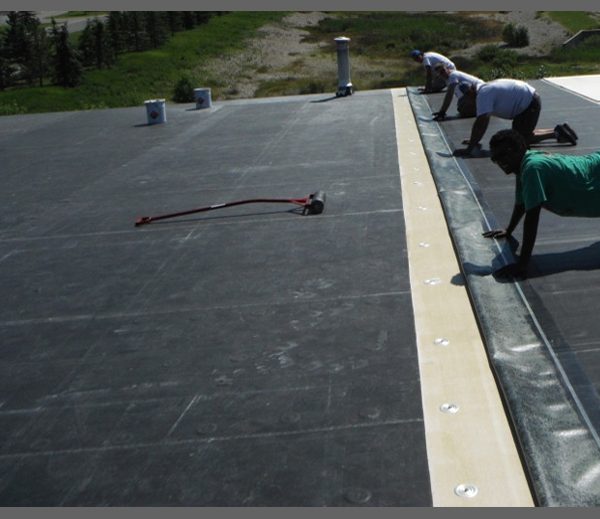
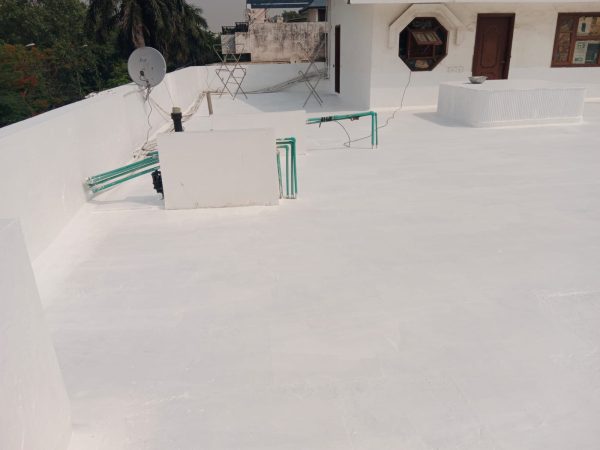
HDPE Membrane
HDPE Membranes are based on high-density polyethylene material, designed to provide water and water vapour protection to water excluding structures, securing concrete from aggressive ground salts and chemicals related corrosion.
The membrane acts as an impermeable barrier to water, moisture and gas while providing good puncture resistance during placement of reinforcement bars. The membrane is inert and is resistant to chemicals, acids, bases, alkalis and salts – providing excellent corrosion resistance.
Synthetic membranes are used in foundation, tunnel and roof waterproofing systems. These reliable and durable waterproofing materials are produced by using the co-extrusion technology.
